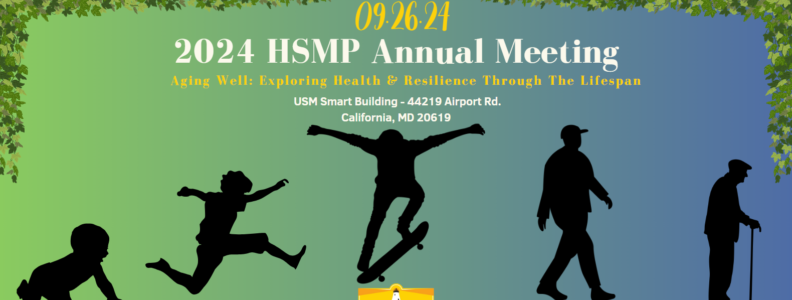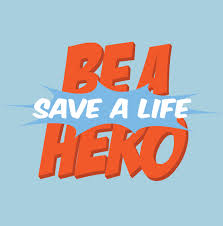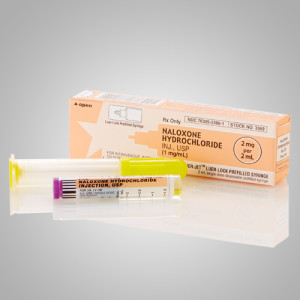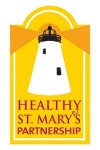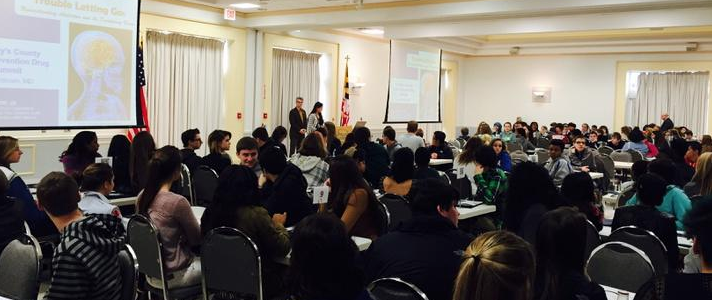
Positive Report for St. Mary’s
LEONARDTOWN, MD (March 26, 2015) – St. Mary’s County ranks as the fifth healthiest county in Maryland, according to the sixth annual County Health Rankings, released today by the Robert Wood Johnson Foundation and the University of Wisconsin Population Health Institute. This ranking reflects an improvement from eighth in 2014.
The County Health Rankings are an annual report that grade the overall health of nearly every county in the United States. The Rankings provide a snapshot of a community’s health, and helps to identify issues and implement solutions to create healthier places to live, learn, work and play. The St. Mary’s County ranking was positively impacted by local improvements in social and economic factors, quality of life, and premature death. Since the 2011 Rankings, premature death in the county has decreased by 13 percent.
“Community partners, county leadership, health care providers, and our residents should take pride in knowing that work done to improve their own health, as well as the health of our community, has yielded such positive results,” said Dr. Meena Brewster, St. Mary’s County Health Officer. “The rankings also reaffirms priority areas that our local health improvement coalition, the Healthy St. Mary’s Partnership, has identified and continues to address—access to care, healthy eating and active living, behavioral health, and tobacco-free living.”
The Rankings allow for relative comparisons between counties within a state on overall health and well-being. These comparisons are based on an assessment of four areas that influence health: health behaviors, clinical care, social and economic factors, and the physical environment. These factors are rated using local-level data from 30 measures that include smoking, education, physical inactivity, preventable hospitalizations, and the availability of primary care physicians.
Rates of adult smoking and obesity, preventable hospitalizations, and the ratios of residents to health professionals, including primary care physicians, dentists and mental health providers were areas where St. Mary’s County ranked low when compared to the other 23 Maryland counties.
“While the trend of an improving county health ranking for St. Mary’s is very encouraging,” said Dr. Brewster, “I am concerned about the challenges we face with access to care and risk factors leading to chronic illness. With the help of community stakeholders and the Healthy St. Mary’s Partnership, we continue to seek solutions for these issues.”
The Rankings are available online at www.countyhealthrankings.org. For additional information visit the health department’s website at www.smchd.org or the Healthy St. Mary’s Partnership website at www.healthystmarys.com.
